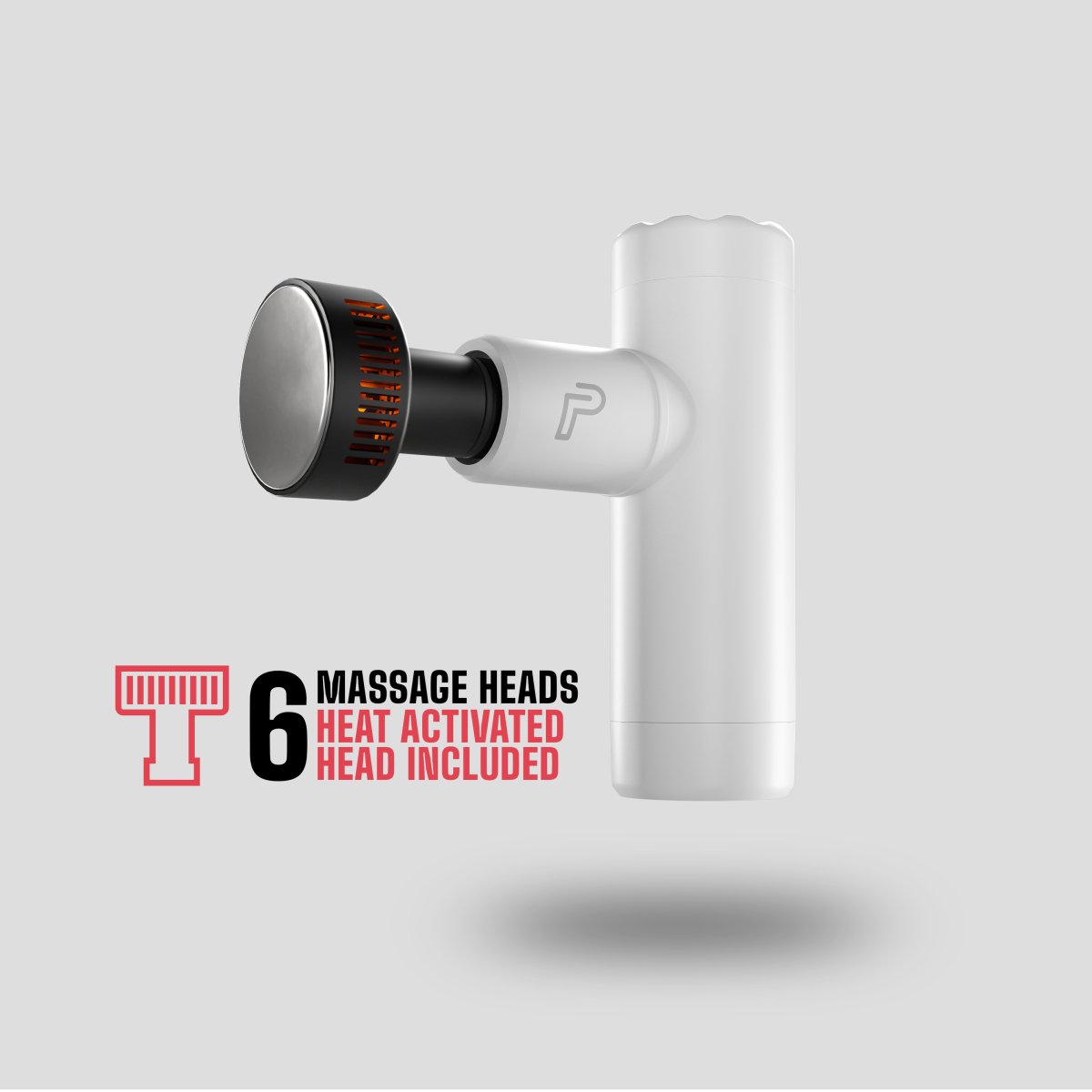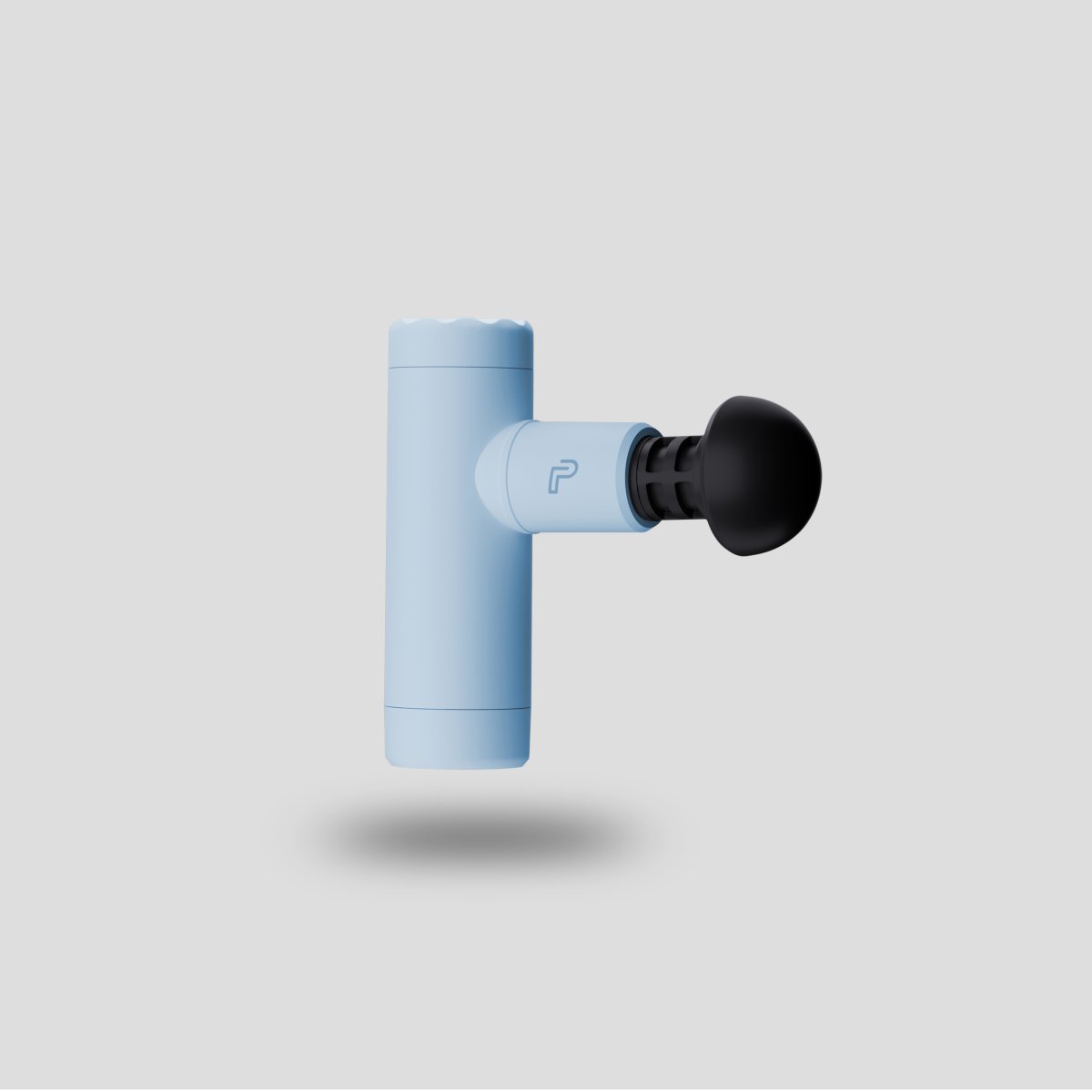Strength training often consists of weighted workouts designed to improve strength and endurance and is a great way to build muscle whilst burning calories.
However, intense physical exercise can really take its toll on your body, so we thought we’d take a look into how important muscle recovery is during this type of training?
Read on to find out more.

What is strength training?
Ditch the treadmill and all those hours of cardio! Show the dumbbells some love and give those weighted workouts a go. Strength training involves using weighted tools, your own bodyweight, and/or resistance bands to build muscle mass, strength, and endurance.
It may seem a little intimidating if you’re new to this type of training but slowly adapting and increasing your frequency of training can give you the results you’ve been looking for.
However, it is important to remember that you won’t see results straight away – it takes time and consistency! If you can stick to a routine, accompanied by eating the right foods, you’ll get to where you want to be.
A huge strength training benefit is that it actually keeps your body burning calories long after you’ve left the gym! This means that strength training not only builds lean muscle but also decreases body fat.
As your muscle mass increases, so does your resting metabolic rate. A high resting metabolic rate means your body burns more calories when resting, just to maintain the bodies essential functions.
Now, if we haven’t already convinced you of just some of the strength training benefits, take a look at the various types of strength training.
Different types of strength training

Muscle endurance training:
This kind of training involves weights. This is where you lift a higher volume, starting with lighter weights but doing more reps and sets. This kind of workout allows your muscles to build up a tolerance for more intense training.
Circuit training:
This training involves going through a series of exercises, then resting for a short time, then repeating the exercise circuit again. You can adapt this to fit your personal goals and ability. This kind of training can be useful if you are attempting strength training at home.
Explosive power training:
This isn’t one for beginners. It involves training at maximum intensity for short periods of time, meaning heavier weights and low sets and reps. You shouldn’t attempt this kind of training if you are new to strength training.
Muscle recovery equipment

Intense weight training like this can result in tight and tired muscles. It’s important to recover effectively and keep your muscles in the best working order to avoid injury. You can do this in the gym or in your own home.
Effective muscle recovery equipment at home can include foam rollers and massage guns. The Pulseroll vibrating recovery products work by increasing blood flow to the muscle which eases soreness and repairs teared muscle tissue.
The best vibrating foam roller uses vibration technology to get deep into the muscle tissue without having to roll so much, giving a better result than a traditional foam roller. You can get into smaller areas by using the best vibrating massage ball, which fits comfortably around the glutes, hamstrings, and calves.
Recovery after training needs to be an essential part of your routine! Whether you’re strength training at home or in the gym, make sure you’re looking after your muscles to get the best results! Visit our shopping hub to see the full range of recovery products!













